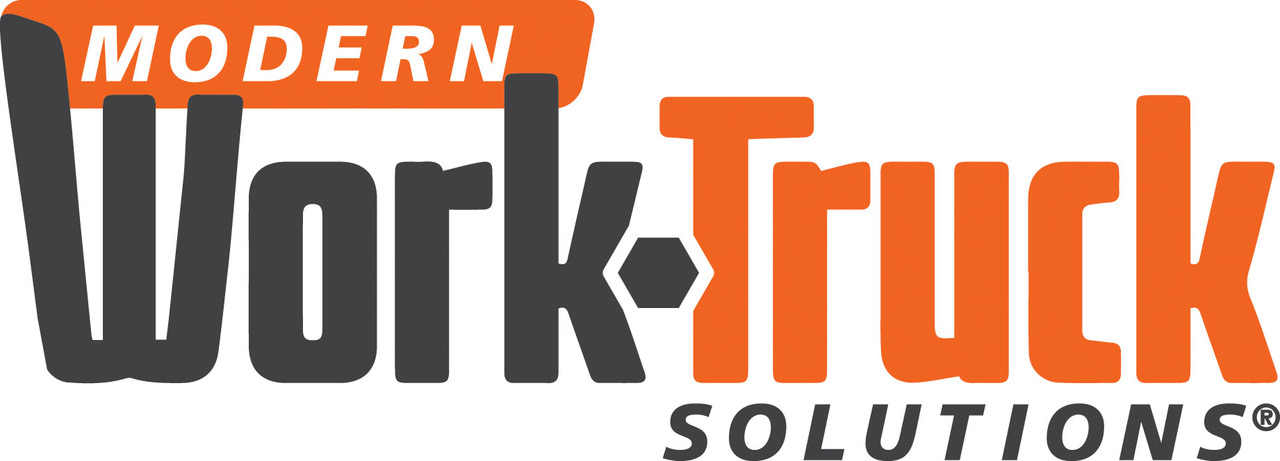According to the U.S. Bureau of Labor Statistics, heavy and tractor-trailer truck drivers have one of the highest rates of workplace injuries and illnesses across all occupations. The financial ramifications of these injuries go beyond medical costs; they can have ripple effects throughout the entire business.
When a workplace injury occurs, the costs of medical expenses are just the beginning. Failing to account for indirect costs can lead companies to underestimate the real price of workplace injuries and, in some cases, underinvest in the safety measures that could prevent them.
The costs of workplace injuries fall into two categories:
- Direct Costs — These are the costs directly tied to a worker’s injury, including medical bills, workers’ compensation claims and lost wages. Many of these will be covered at least partially by insurance.
- Indirect Costs — These are often more complex and difficult to quantify, yet they can have a significant impact on a company’s bottom line.
The following are examples of indirect costs, how they financially hurt companies, and what can be done to minimize their impact.
INTERRUPTED WORKFLOW
According to Statista, the average injured worker missed 12 days of work in 2022. When an experienced driver is injured, the absence creates disruptions. Routes may need to be reassigned, resulting in drivers navigating an unfamiliar area and adding risk to the drive. Deliveries may be delayed, and customer satisfaction might suffer. Any employee performing in a non-routine capacity has an increased risk of errors, which can lead to damaged product, equipment, or personal property.
A return-to-work program can help reduce the impact of interrupted workflow. These programs help injured workers return to work in a modified duty role. A driver might be able to drive part-time, or they could take the passenger seat. Business relationships are important so being able to keep your regular driver in front of your customers can help maintain good customer service. Return-to-work programs can help manage the cost of injuries and reduce lost workdays. Your insurance provider may be able to help you implement this.
REPUTATIONAL DAMAGE
Workplace injuries can impact on your company’s compliance, safety, accountability (CSA) score if replacement drivers don’t demonstrate the same safety awareness as the injured driver. A low CSA score can be a red flag for regulators, customers, and business partners and can lead to increased law enforcement scrutiny. When a truck is sidelined for roadside inspections, it’s not generating revenue.
FMCSA CSA scores are accessible to the public. If your customers access your company safety rating and see a concerning score, they may look at other options. Additionally, a low CSA score can keep quality drivers from applying for your open trucking positions.
Preparing drivers for an inspection should be part of your training already but following an injury that requires one of your drivers to drive a different truck, be sure to take the time to train them on all the truck’s features and make sure they can conduct a proper pre-trip inspection.
DECREASED EMPLOYEE MORALE
Having a co-worker injured in an accident can create anxiety and lower morale in employees. Drivers may feel added stress on the roadways and the “it could happen to me” attitude can be a challenge to overcome. This attitude can lead to reduced productivity and high turnover. A culture of safety and support is crucial in maintaining workforce stability. One way to improve morale is to bring the injured employees back to work as soon as possible. Co-workers often react positively to this. They know their co-worker is okay and they see you as an employer who cares about employees.
Another way to improve morale after an accident is to take the time to discuss the incident with your drivers. Explain what led to the incident, how it could be avoided in the future, and any next steps that you’re taking to improve conditions. Discussing the issue can make your other workers feel better about how seriously you’re taking an injury and reduce their fears around injuring themselves. It’s also a natural opportunity to address any safety concerns that were uncovered after an accident.
ADDRESS WORKPLACE INJURIES TO MANAGE COSTS
Trucking companies that invest in proactive safety measures, employee training, and a culture of workplace well-being can significantly reduce the risks and costs associated with injuries. Working with an independent insurance agent to choose the right workers’ compensation insurance provider can help ensure your operation is protected. Ask whether your insurance company offers loss control services tailored to trucking. These services help companies identify potential hazards, develop safety protocols, and provide training to improve workplace safety before accidents happen.
By recognizing the full impact of workplace injuries, including their hidden, indirect costs, companies can take meaningful steps toward protecting their workforce and securing their bottom line.
about the author
Tucker Thiede is the product lead at Acuity Insurance.




